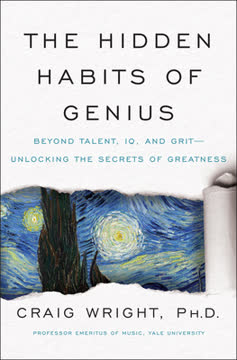Key Takeaways
1. Genius is a Blend of Innate Traits and Relentless Work
Genius involves the complicated expression of too many hidden personal traits to be reduced to a single location and process in our brain or on our chromosomes.
Beyond IQ scores. The traditional view of genius as solely tied to a high IQ is a misconception. While natural gifts play a role, exceptional accomplishment stems from a "Many Traits Quotient" (MQ's) encompassing intelligence, resilience, curiosity, visionary thinking, and obsessive behavior. Standardized tests like the SAT and IQ tests are poor predictors of genius, often failing to recognize individuals like Charles Darwin, Winston Churchill, or Steve Jobs, who were academic underachievers.
Nature and nurture cooperate. Genius is not purely hereditary; it's an "emergenesis" or "perfect storm" of genetic predispositions and environmental influences. While talents like perfect pitch can be inherited, the transformative impact of genius is not generational, as seen in the lack of brilliant painter offspring from Picasso or the singular success of Secretariat despite its bloodline. The interplay of genes and environment, influenced by epigenes, suggests that we can cultivate our potential through effort.
Hard work is indispensable. Despite natural gifts, geniuses are habitually hard workers, often driven by obsession. Michelangelo, Vincent van Gogh, Bill Gates, and Elon Musk all emphasized relentless effort, with Edison famously stating, "Genius is one percent inspiration and ninety-nine percent perspiration." The "10,000-hour rule" for expertise, while popular, often confuses cause and effect; natural ability makes practice enjoyable and encourages more of it, but true genius goes beyond mere performance to create something new.
2. Societal Bias Suppresses Female Genius
It was impossible for any woman, past, present, or to come to have the genius of Shakespeare.
Historical exclusion. Throughout history, genius has been largely defined by and for men, leading to the marginalization of women. Virginia Woolf's "A Room of One's Own" highlighted the systemic barriers—lack of education, financial independence, and time—that prevented women from achieving recognition. Many female geniuses, like Jane Austen and George Eliot, resorted to male pseudonyms to get their work published and read.
Deeply embedded biases. Cultural and implicit biases, held by both men and women, continue to hinder female accomplishment. Studies show that male applicants are often preferred over equally qualified female applicants, even by female reviewers. This "looking-glass" effect, as Woolf described it, makes women appear "half size" to ensure men appear "twice as large," perpetuating a cycle of underestimation and lack of opportunity.
The extra dose of grit. To become recognized as a genius, women have historically needed an "extra dose of grit." Toni Morrison, a single mother working as an editor, carved out time to write by rising at 4:00 A.M., a stark contrast to Ernest Hemingway's privileged writing conditions. This resilience in overcoming systemic obstacles underscores that the "missing nine" potential geniuses are lost due to cultural bias, not a lack of genetic gifts.
3. Avoid the Prodigy Bubble; Embrace Life's Crises
If they have not begun to develop a personal creative “voice” by the age of seventeen or eighteen, they may never do so.
Prodigy vs. genius. A prodigy is a young person with talents far beyond their years, excelling in rule-governed domains like chess or math, but they primarily mimic or perform. A true genius, however, creates and changes the world through original thinking. Most prodigies, like Jay Greenberg or Alma Deutscher, do not develop a distinctive creative voice and often disappear from public notice once their precocity fades.
The crucible of crisis. A life crisis or early trauma often precipitates the emergence of an artist's voice or a scientific vision, forging independence and resilience. Mozart's colossal failure and the death of his mother in Paris at age twenty-two, for example, were defining moments that led him to break free from his controlling father and create his masterpieces. This suggests that "genius is the child of sorrow," as John Adams said, and that struggle can lead to profound art.
Beyond mentors and early specialization. Mentors, while helpful for success, often teach the status quo and how to mimic it, not how to create something new. Geniuses like Einstein and Picasso often disparaged their teachers and found their own paths. The "prodigy bubble" of unmitigated positive reinforcement, strict rules, and narrow specialization can stunt intellectual growth and social development, making it crucial for aspiring creators to develop independence and the capacity to deal with failure.
4. Cultivate a Childlike Imagination and Insatiable Curiosity
Imagination is more important than knowledge.
The power of childlike vision. Geniuses like Mary Shelley, J. K. Rowling, Pablo Picasso, and Albert Einstein retained a childlike imagination into adulthood, allowing them to see the world differently. Shelley's "wakeful dream" birthed Frankenstein, Rowling's train ride sparked Harry Potter, and Picasso worked to "paint like a child." Einstein, who thought in "memory pictures" and "free play with ideas," believed that "we never cease to stand like curious children before the great mystery into which we were born."
Neoteny: the retention of youth. Neoteny, the human capacity to perpetuate juvenile characteristics like curiosity, play, and imagination into adult life, is crucial for discovery and innovation. Walt Disney, who asked, "Why do we have to grow up?", exemplified this by creating fantasy worlds for the "child in all of us." This ability to maintain a "beginner's mind" allows great inventors to constantly seek improvement, even in things seen a thousand times.
A lust for learning. An insatiable curiosity, a "divine discontent" between what is and what might be, drives geniuses to seek solutions. Elizabeth I, Benjamin Franklin, Nikola Tesla, and Elon Musk were lifelong autodidacts, learning experientially or vicariously through voracious reading. Franklin's diverse inquiries led to inventions like the lightning rod and bifocals, while Musk's extensive reading helped him master "rocket science." This deep-seated desire to understand, often more powerful than self-discipline, pushes them beyond conventional borders.
5. Leverage Your Differences: Disability Can Be an Enabler
Human salvation lies in the hands of the creatively maladjusted.
Genius and mental illness. While not all geniuses are mentally ill, a significant percentage, particularly artists and writers, have experienced mood disorders. Vincent van Gogh, Virginia Woolf, and Yayoi Kusama channeled their psychic pain into their art, using creation as a form of self-therapy and survival. Kusama, who lives in a psychiatric hospital, translates her hallucinations into "psychosomatic art," demonstrating how mental "disorder" can both disable and enable.
Disability as an advantage. Physical disabilities, rather than being insurmountable barriers, can force geniuses to develop unique "workarounds" that lead to groundbreaking insights. Beethoven's deafness, for instance, compelled him to discover musical sound internally, leading to the unprecedented power and abstract textures of his later works. Chuck Close, with "face blindness," developed a unique painting technique by atomizing faces into incremental units, creating a new direction for modern art.
The creatively maladjusted. Stephen Hawking, diagnosed with ALS at 21, learned to do complex physics calculations entirely in his head, thriving in his "black hole" of isolation. His disability, as his biographer noted, increased his inclination to concentrate and "grow up." These examples suggest that neurological differences can be alternative modes of intelligence, and that "creatively maladjusted" individuals, by challenging norms and finding new ways to cope, push humanity forward.
6. Be a Rebellious Fox: Challenge Norms and Think Opposite
The fox knows many small things, while the hedgehog knows one big thing.
Rebellion against the status quo. Geniuses are inherently nonconformists, rebels, and troublemakers who "think different" and push the human race forward. Steve Jobs, Galileo Galilei, Martin Luther, and Andy Warhol all defied conventions, often facing initial scorn or persecution. Society, preferring the status quo, initially resists these disruptive ideas, but over time, the "crazy notion" can become the new norm, as seen in the eventual recognition of Harriet Tubman as an American hero.
Cross-border thinking. Like the fox, geniuses roam widely, exploring diverse fields and combining disparate ideas. Lady Gaga integrates music, fashion, and performance art, while Benjamin Franklin's polymathic pursuits spanned physics, oceanography, and urban planning, leading to inventions like bifocals and the lightning rod. Steve Jobs connected calligraphy to computer fonts and combined the iPod with the telephone to create the iPhone, demonstrating that "creativity is just connecting things."
The power of contrarian thought. "Thinking opposite" is a core strategy for innovation. Christopher Columbus sailed west to reach the East, Edward Jenner injected cowpox to prevent smallpox, and Jeff Bezos brought goods to the customer instead of vice versa. Elon Musk's reusable rocket boosters and Mark Zuckerberg's "move fast and break things" ethos exemplify this. This approach allows for solutions that are counterintuitive, flexible, and often lead to breakthroughs in science, art, and industry.
7. Luck Favors the Prepared, the Bold, and the Mobile
In the observational sciences, luck (le hazard) favors only the prepared mind.
Opportunity meets preparation. Genius and success are not solely about innate talent or hard work; they also require opportunity. Mark Twain noted that greatness is explained by the "atmosphere in which the talent was cradled," including nurture, study, and external recognition. As Louis Pasteur famously stated, "luck favors only the prepared mind," meaning that serendipitous discoveries, like Wilhelm Röntgen's X-rays or Alexander Fleming's penicillin, are recognized and exploited by those with the necessary knowledge and observational skill.
The lottery of birth and posthumous fortune. While extreme wealth or poverty rarely produce geniuses, being born into the middle class often provides the right balance of opportunity and incentive. Posthumous luck can also elevate a genius's standing; Shakespeare's global impact grew with the English language, and the theft of the Mona Lisa dramatically increased Leonardo's fame. These external factors, beyond the creator's control, shape their legacy.
Bold moves and mobility. Geniuses habitually make conscious decisions that lead to better outcomes, often involving significant risk. Mark Zuckerberg's bold moves—hacking Harvard, double-crossing competitors, dropping out of college, and moving to Silicon Valley—were crucial to Facebook's genesis. The "Genius Anti-inertia Law" suggests that great minds move to metropolises or universities—like Shakespeare to London, Picasso to Paris, or Zuckerberg to Silicon Valley—where diverse ideas, competition, and financial support create a critical mass for innovation.
8. Embrace Creative Destruction and Productive Obsession
Destruction is more than just an unfortunate side effect of creation. It is part and parcel of the same thing.
The price of progress. Creative destruction, a concept formulated by Joseph Schumpeter, posits that new technologies and industries cannot emerge without displacing existing ones. Steve Jobs, a "tech-savvy visionary," disrupted numerous industries with the personal computer and iPhone, creating new jobs while eliminating others. This process, though often "unfortunate" for those displaced, is an inevitable part of societal advancement.
Genius and character flaws. Geniuses often exhibit destructive personal traits, such as arrogance, cruelty, or lack of empathy, as seen in Ernest Hemingway, Steve Jobs, Thomas Edison, Isaac Newton, and Pablo Picasso. Jobs's "prickly behavior" was driven by perfectionism and impatience, but also by a "habit of simply being hurtful." Edison's cluelessness about empathy led to the public electrocution of Topsy the elephant to discredit AC current.
Obsession as a driving force. Geniuses are often consumed by an "overpowering necessity to create," relegating personal relationships to second place. This obsessive passion, while causing personal damage, fuels compulsive productivity. Shakespeare wrote 37 plays and 154 sonnets, Mozart composed 800 works in 30 years, and Edison registered 1,093 patents. This relentless drive, though sometimes leading to "self-centered jerks," is crucial for opening new frontiers and generating beneficial innovations.
9. Master the Art of Alternating Focus and Relaxation
All the really good ideas I’d ever had come to me while I was milking a cow.
Creative relaxation. Counterintuitively, many geniuses find their best ideas not through intense focus but during periods of "mindless" relaxation. Archimedes had his "eureka" moment in a bath, Grant Wood while milking a cow, and Paul McCartney's "Yesterday" emerged from a dream. This state, often during REM sleep, allows the brain to free-associate across memory banks, making distant and disparate connections.
The power of dreams and movement. Neurotransmitters like acetylcholine, prevalent during REM sleep, facilitate this relaxed, associative thinking, leading to better problem-solving and creative insights, as demonstrated by Dmitri Mendeleev's periodic table and Otto Loewi's discovery of acetylcholine itself. Physical activity, such as walking or running, also enhances cognitive function and divergent thinking, as practiced by Aristotle, Charles Dickens, and Nikola Tesla, who conceived the polyphase electrical motor during a walk.
Disciplined concentration and ritual. While relaxation is key for ideation, execution requires intense, analytical concentration. Picasso, Leonardo, Einstein, and Mozart all possessed extraordinary powers of focus, often working in their "mental silo" oblivious to distractions. Establishing a daily routine or "ritual" for work, like John Cheever's morning suit-wearing or Twyla Tharp's cab ride, creates a "safe zone" for constructive concentration, ensuring that ideas are not only conceived but also brought to fruition.
Last updated:
Review Summary
The Hidden Habits of Genius received mixed reviews. Many readers found it interesting and insightful, praising its exploration of traits shared by historical geniuses. However, some critics felt it relied too heavily on anecdotes and made broad generalizations from a limited sample. The book's definition of genius and its focus on certain individuals were contentious points. While some appreciated the author's analysis and writing style, others found it repetitive or lacking depth. Overall, readers valued the historical information and thought-provoking content, despite disagreements with some of the author's conclusions.
Similar Books
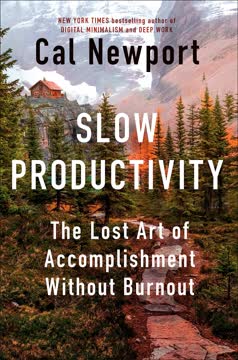

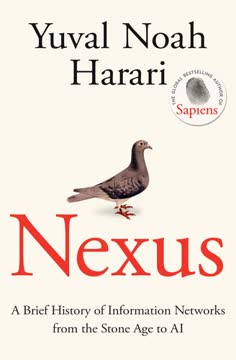
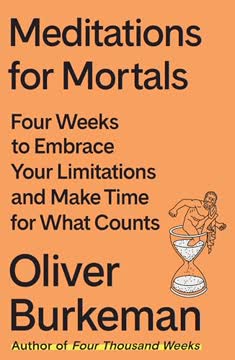
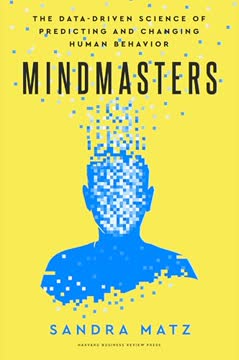
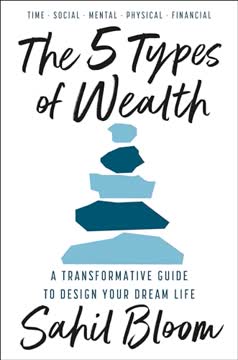
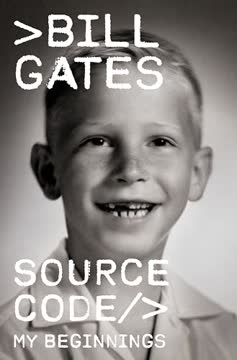
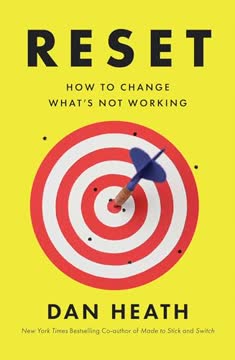
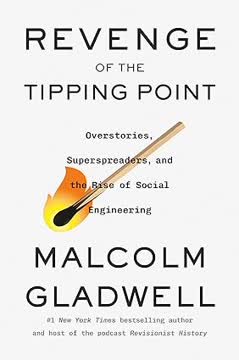
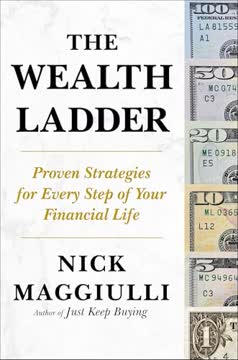
Download PDF
Download EPUB
.epub digital book format is ideal for reading ebooks on phones, tablets, and e-readers.
